Sal
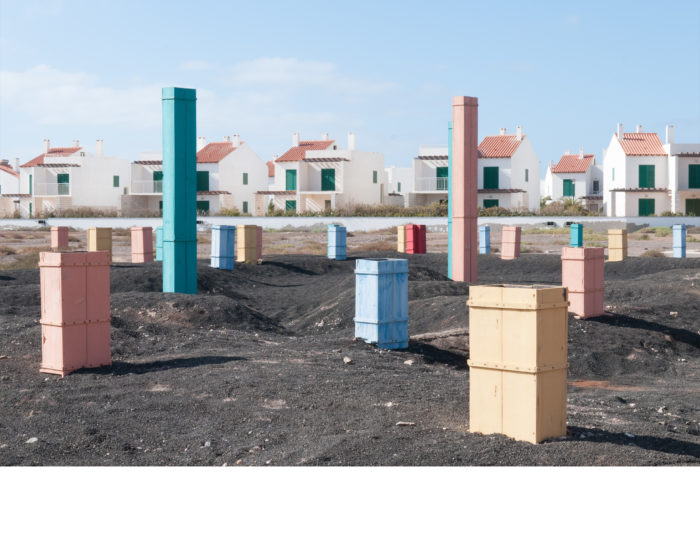
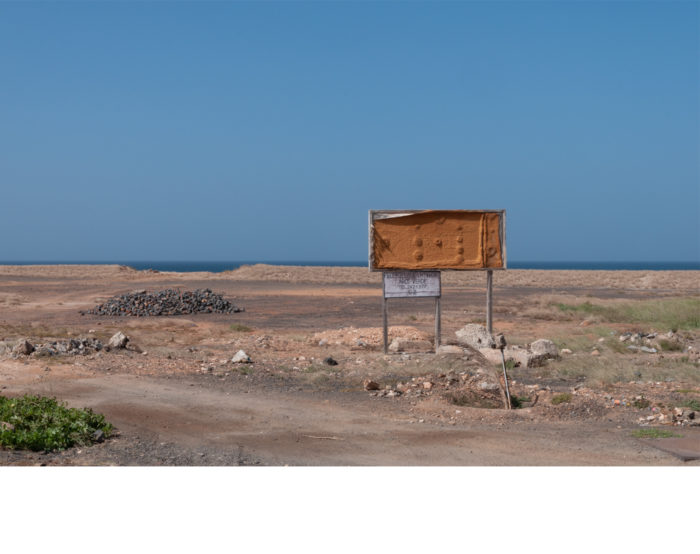
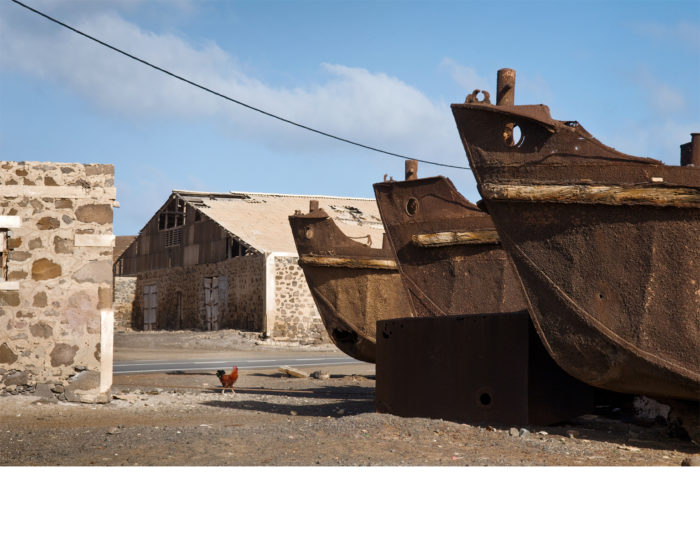
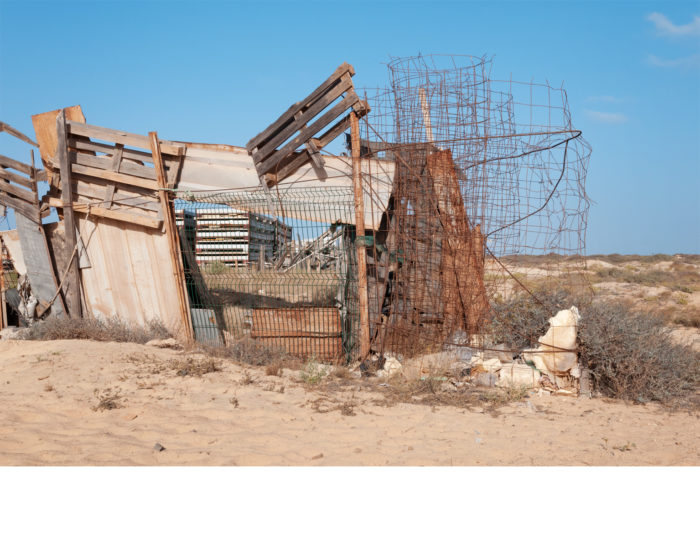
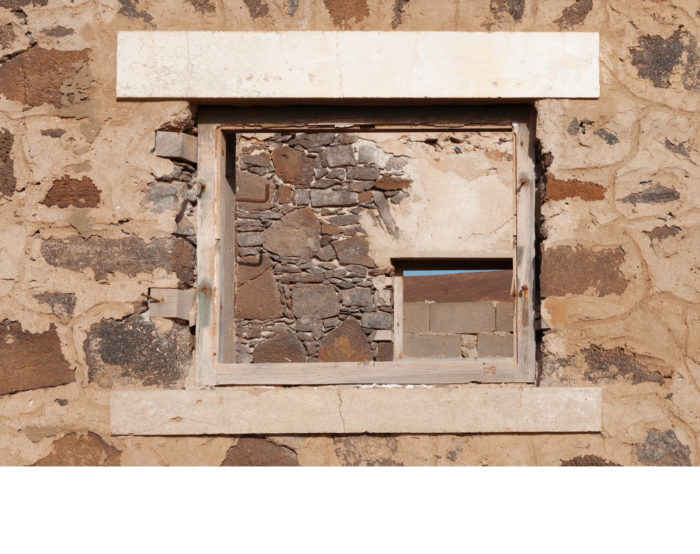
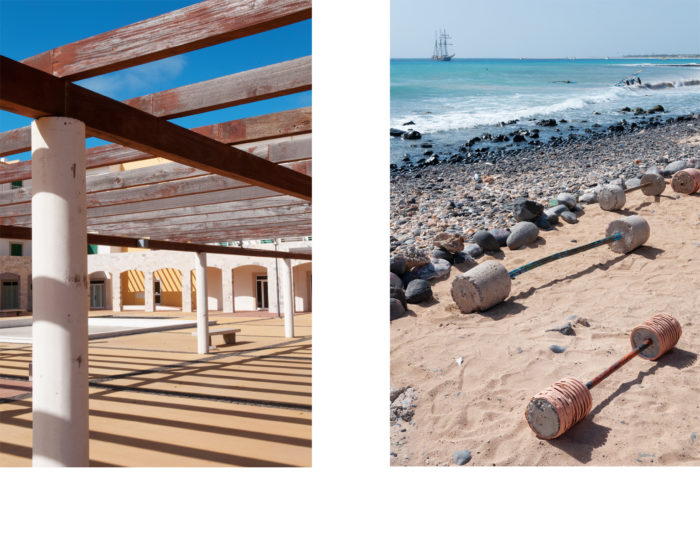
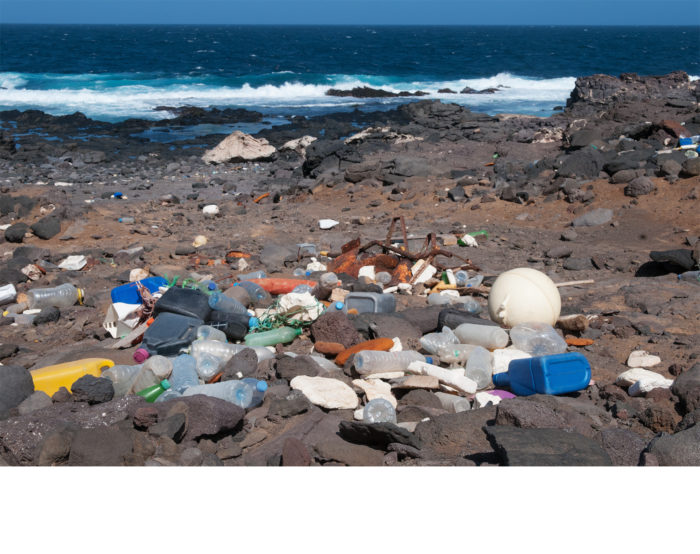
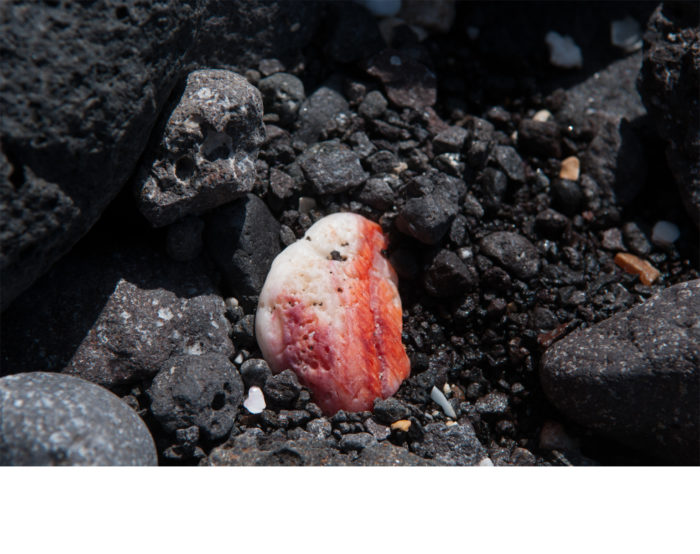
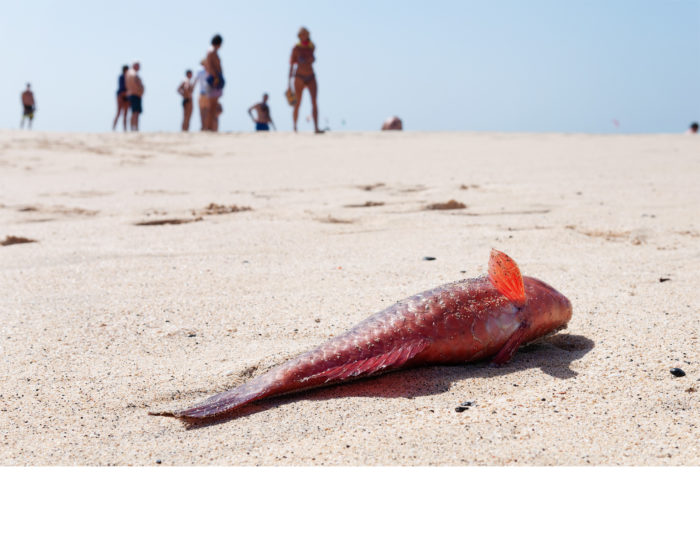
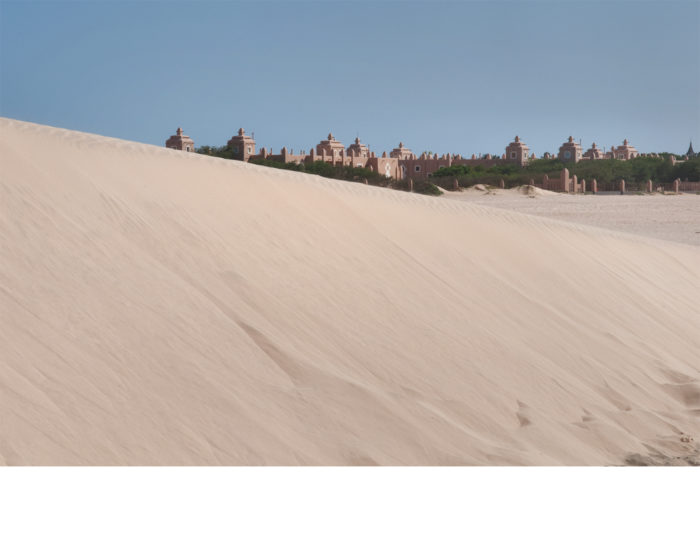

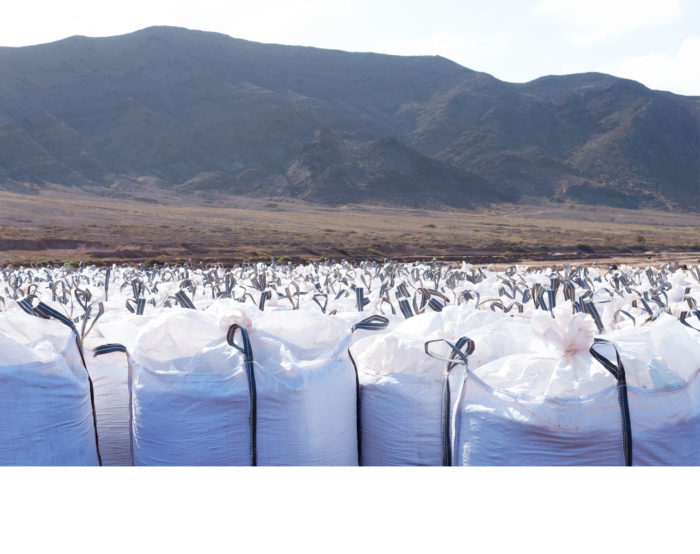

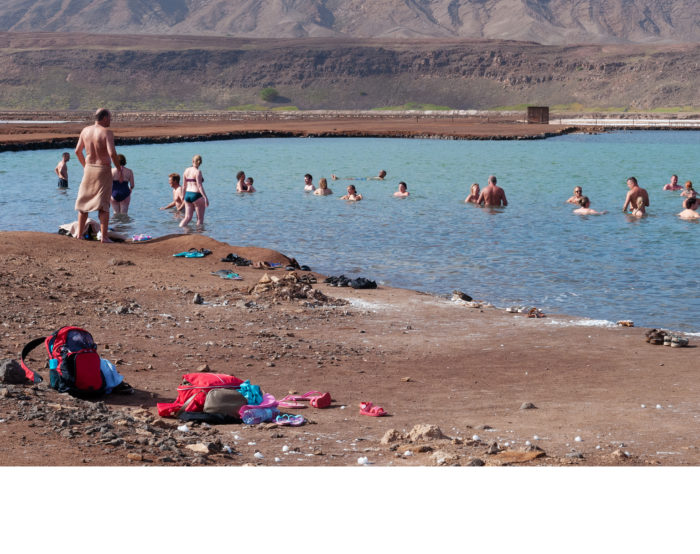
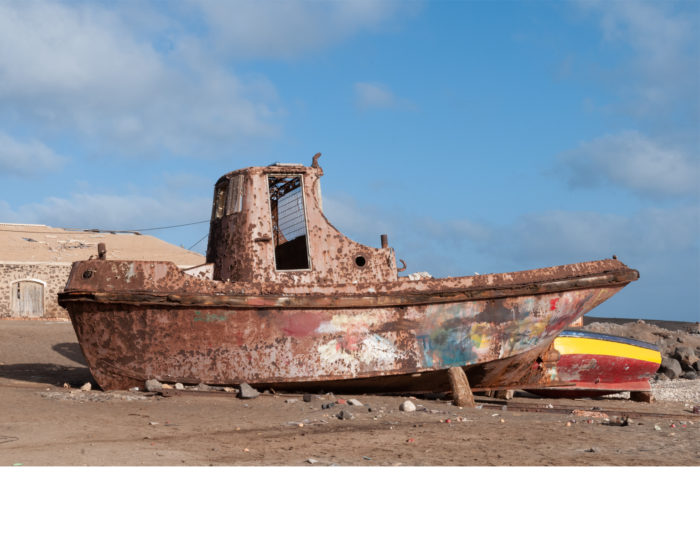
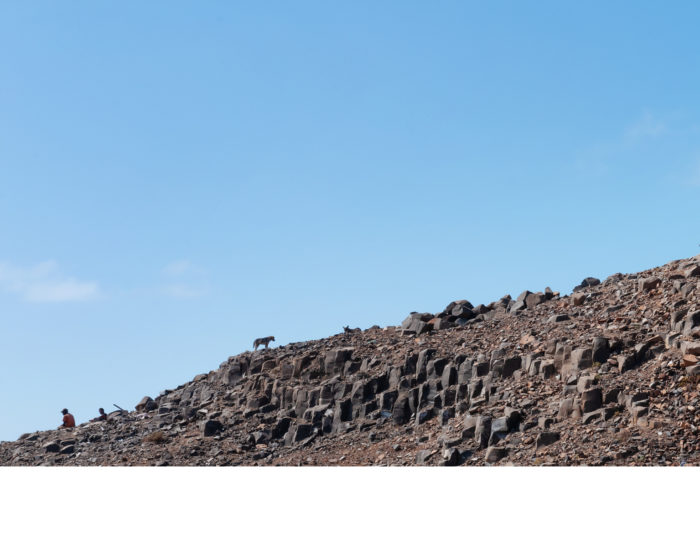

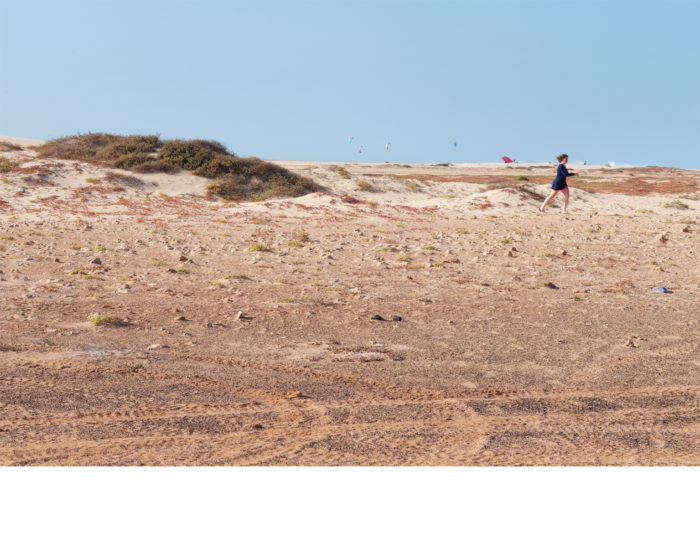
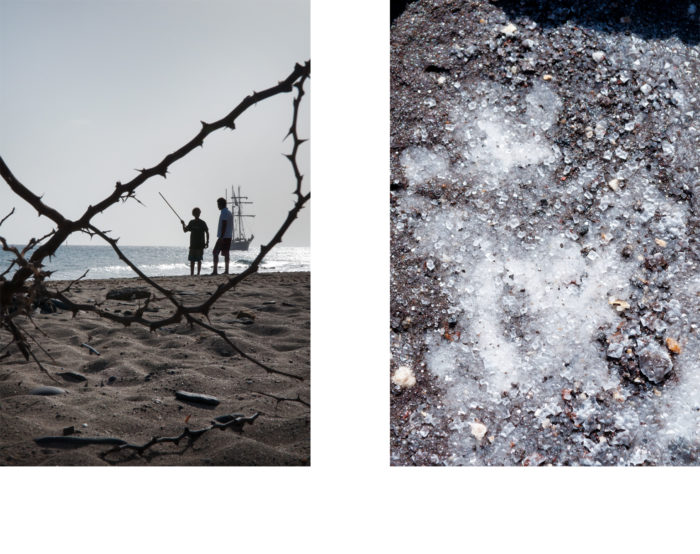
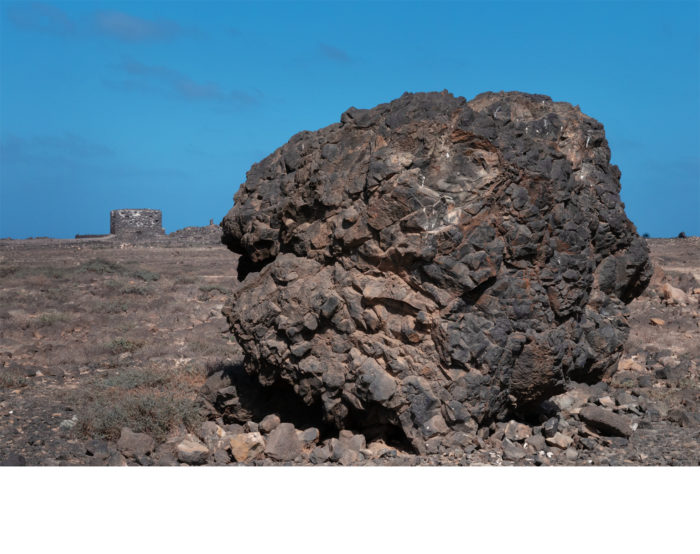
additional information
Medium: Photography
Title: Sal
Year: 2016
Size: 50 x 65 cm
Materials: print on Hahnemühle Photo Rag paper
Sal
A portrait of Sal, the oldest and windiest Island of the Cape Verde Islands in the North Atlantic Ocean.
I wasn’t very well prepared for my visit to the island Sal. On beforehand I had no expectations, but my first encounter didn’t turn out to be very positive. My first impression of the landscape was that it absolutely lacked life and love, robbed from its original nature and spirit. It looked like nothing more than a desert.
A feeling of misplacement came over me and I thought: What am I doing here, these people aren’t waiting for us, tourists. Some of the inhabitants aren’t probably capable of leaving the island from a financial point of view and we are hopping on and off just like that, without any second thoughts. The main reason for tourists to visit the island is the good weather in winter time, the sea and the beaches. An other possibility, in stead of just lying on the beach, was to rent a car to find out what more there was to see. Because of the small size of the island, 216m2, it was relatively easy to get a good overview and I just registered what I saw with my camera during this discovery tour.
After I returned home from the trip, I dove into the history of the island and found out the reason behind its miserable condition: In the 15th century, Portuguese explorers discovered and colonized Sal and the other Cape Verdean islands, because its ideal location for the Atlantic slave trade.
In the 16th and 17th century they became important trade points, attracting merchants and all kinds of people with bad intentions like privateers and pirates. The Island Sal was first named Llana, which means “flat”. This name was changed into the current “Sal”, which is the Portuguese word for salt, when two large salt mines were discovered at the end of the 18th century. From then, the salt industry was developed.
In 1747 the islands were hit with the first of several droughts that have plagued them ever since. The situation was made worse by deforestation and overgrazing, which destroyed the ground vegetation that provided moisture. Three major droughts in the 18th and 19th centuries resulted in well over 100,000 people starving to death.
Finally, the end of transatlantic slavery in the 19th century led to economic decline and emigration. Though the salt mines were being explored until 1984. After 1986, tourism became an important industry on the island, and many resorts and hotels were built in the southern and south-western coastal areas. In my investigation I also found out that in ancient times these islands were referred to as “the Islands of the Blessed” or the “Fortunate Isles”. I hope that the Islands, and specifically Sal, may one day will get this status back.
